Are Peonies Hardy: A Guide to Growing Peonies in Various Climates
Yes, peonies are hardy. They are generally considered hardy perennial plants. They can withstand cold temperatures and grow back year after year in the right conditions. However, the hardiness level can depend on the specific variety of peony and the climate in which it is grown.
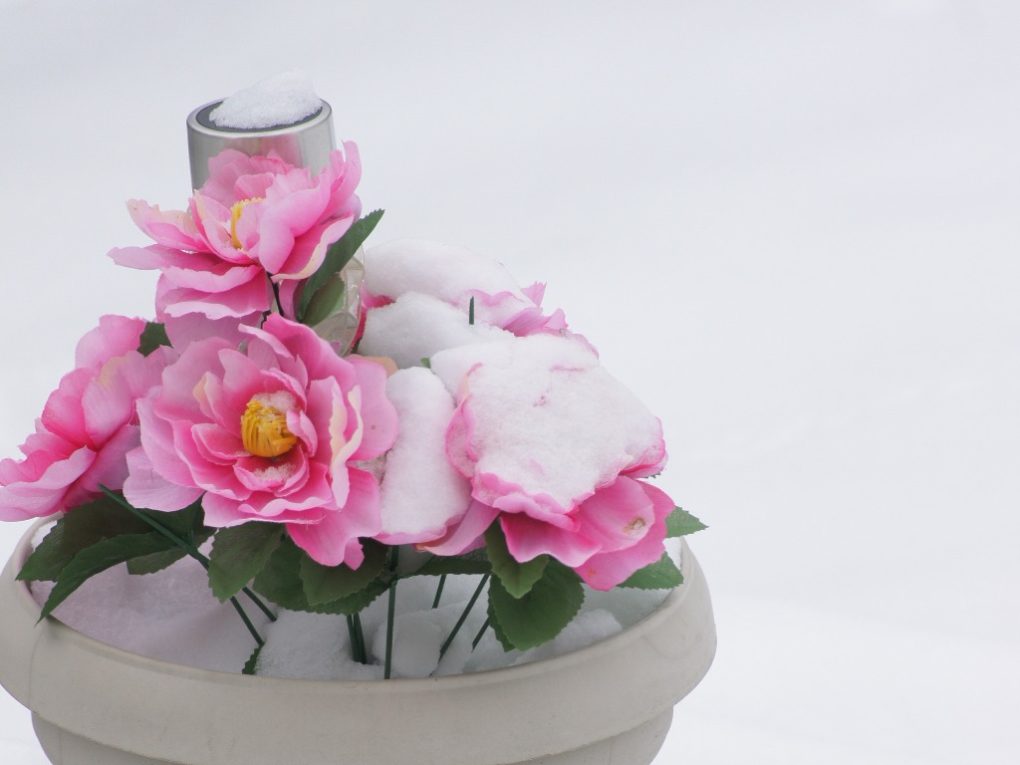
According to the American Peony Society, peonies can withstand cold temperatures, but temperatures below 25F may cause damage. They are cold hardy, deciduous perennial shrubs that grow best in temperate to cold climates with consistent precipitation. However, with the right cultural conditions, such as soil and sun, they do well in USDA plant hardiness zones 3-8.
However, there are some things to keep in mind when growing peonies in colder climates. First, this article will explore the topic of peony hardiness and provide tips for ensuring that your peonies thrive even in the coldest of winters.
Table of Contents
Factors That Affect Peony Hardiness
Peonies are hardy plants that can survive in various temperatures and soil conditions, but several factors can affect their hardiness, including climate, soil conditions, watering, and drainage.
Climate
Peonies are native to temperate regions of Asia, Europe, and North America and adapted to various climates. However, they are best suited to areas with cold winters and moderate summers. In warmer climates, peonies may not have enough chilling hours to bloom properly and may be more susceptible to diseases and pests.
Soil Conditions
Peonies are adaptable to various soil types but prefer well-drained soils rich in organic matter. Based on planting experience, they did not tolerate wet or poorly drained soils, which can lead to root rot and other diseases. Peonies also require a slightly acidic soil pH, typically between 6.0 and 7.0.
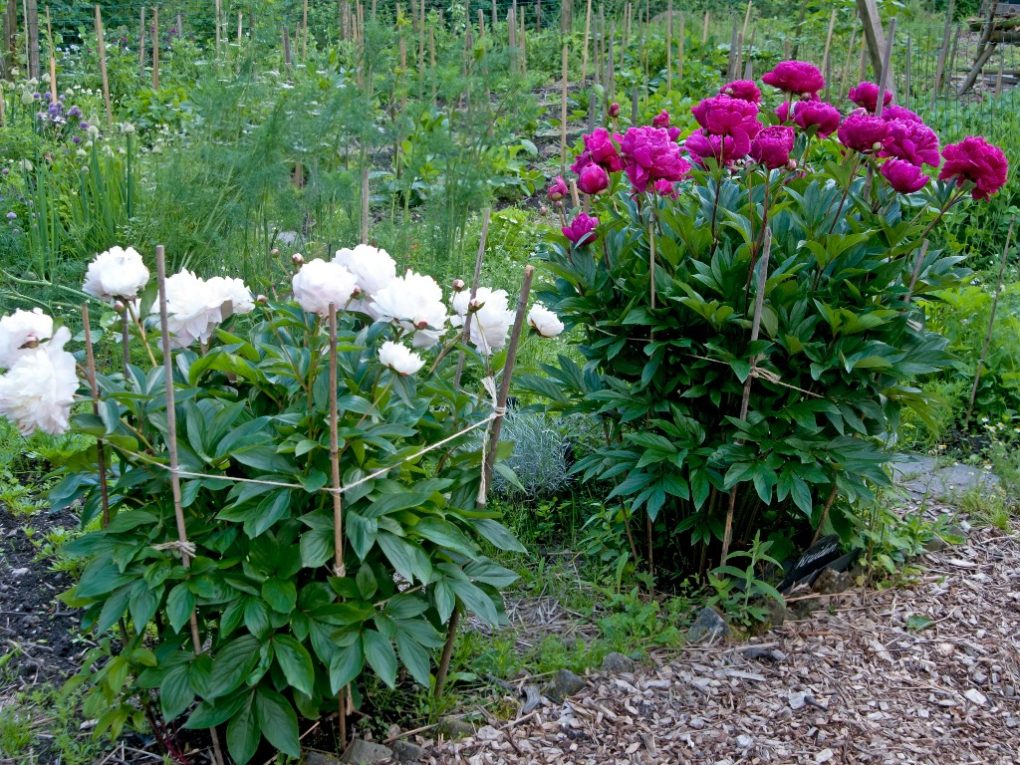
Before planting peonies, it is important to prepare the soil by adding compost or other organic matter to improve fertility and drainage. It is also important to avoid planting peonies too deeply, as this can cause them to rot or fail to bloom.
Watering and Drainage
Peonies require regular watering, especially during the first year after planting. However, they do not tolerate wet or saturated soils, which can lead to root rot and other diseases. Therefore, it is important to water peonies deeply but infrequently, giving the soil time to dry out slightly between waterings.
In addition to proper watering, good drainage is essential for peony hardiness. Peonies should be planted in well-drained soils or raised beds to ensure excess water drains from the roots. They should also be mulched with organic matter to help retain moisture and prevent weeds.
Types of Hardy Peonies
Herbaceous Peonies
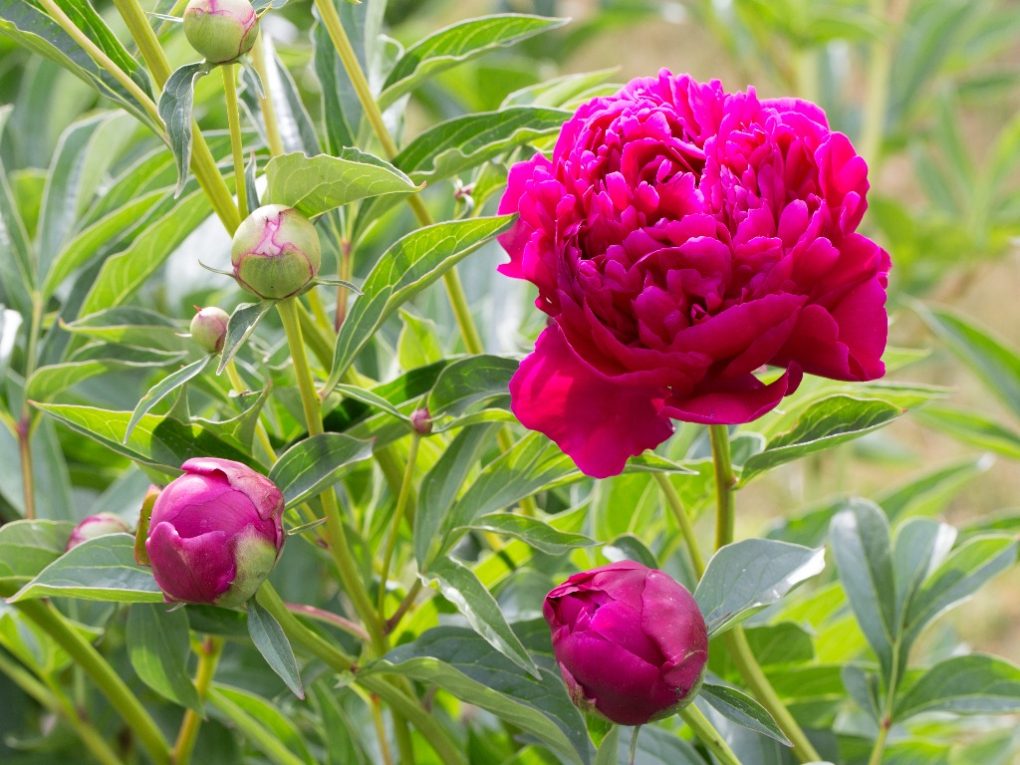
Herbaceous peonies are the most commonly grown peony and are often considered the hardest. They are popular for their large, showy flowers and lush foliage. Herbaceous peonies die back to the ground in the fall and re-emerge in the spring. They are cold and hardy and can survive harsh winters.
Herbaceous peonies come in various colors, including pink, red, white, and yellow. Some popular varieties include ‘Sarah Bernhardt,’ ‘Bowl of Beauty,’ and ‘Karl Rosenfield.’
Tree Peonies
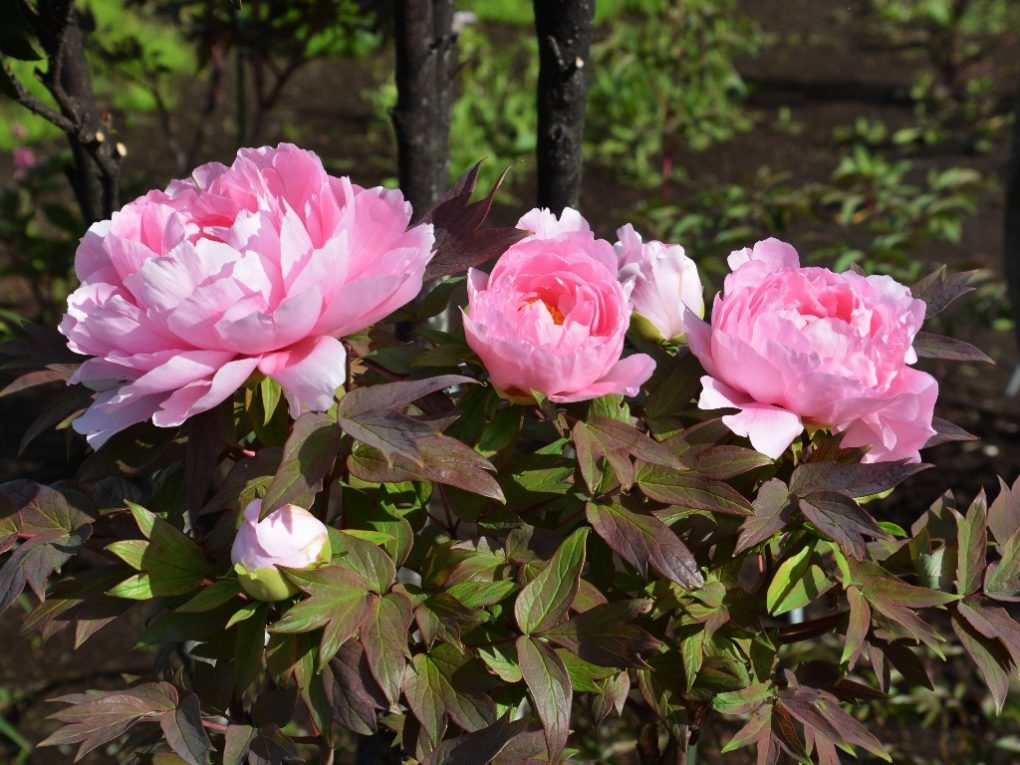
Tree peonies are a woody-stemmed variety that produces large, fragrant flowers. They are hardy and can survive in colder climates but not as cold hardy as herbaceous peonies. Tree peonies are known for their stunning, long-lasting blooms lasting up to two weeks.
Tree peonies come in various colors, including pink, red, yellow, and white. Some popular varieties include ‘High Noon,’ ‘Kamata Nishiki,’ and ‘Renkaku.’
Intersectional Peonies
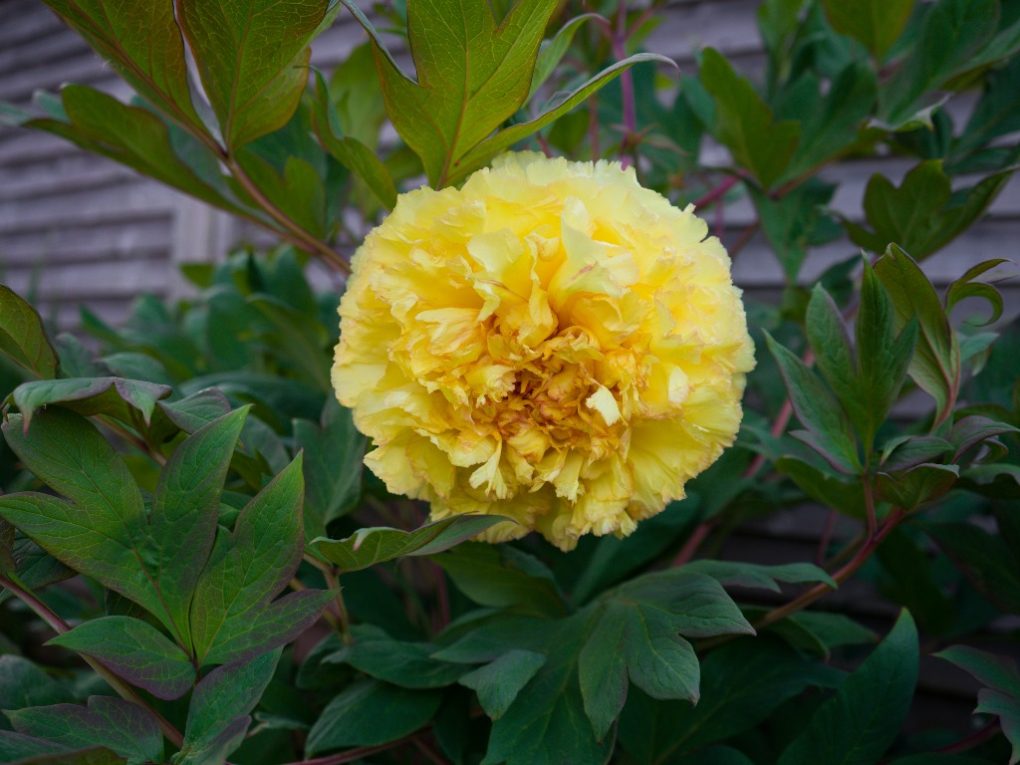
Intersectional or Itoh peonies are a hybrid cross between herbaceous and tree peonies. They are famous for their large, showy flowers and sturdy stems. Intersectional peonies are hardy and can survive in colder climates but are less cold-hardy than herbaceous peonies.
Intersectional peonies come in various colors, including pink, red, yellow, and white. Some popular varieties include ‘Bartzella,’ ‘Cora Louise,’ and ‘Julia Rose.’
Tips to Ensure Your Peonies Are Hardy
Planting Tips
Planting peonies correctly is essential to ensure they are hardy. Here are some tips:
- Choose an area that receives at least six hours of direct sunlight daily.
- Ensure the soil is well-draining and fertile. Peonies prefer slightly acidic soil with a pH between 6.0 and 7.0.
- Plant peonies in the fall, ideally six weeks before the first hard frost.
- When planting, ensure the eyes, or growing buds, are facing upwards and are no more than two inches below the soil surface.
- Space peonies at least three feet apart to allow for good air circulation.
Maintenance and Care Tips
Maintaining and caring for peonies is also crucial to ensure their hardiness. Here are some tips:
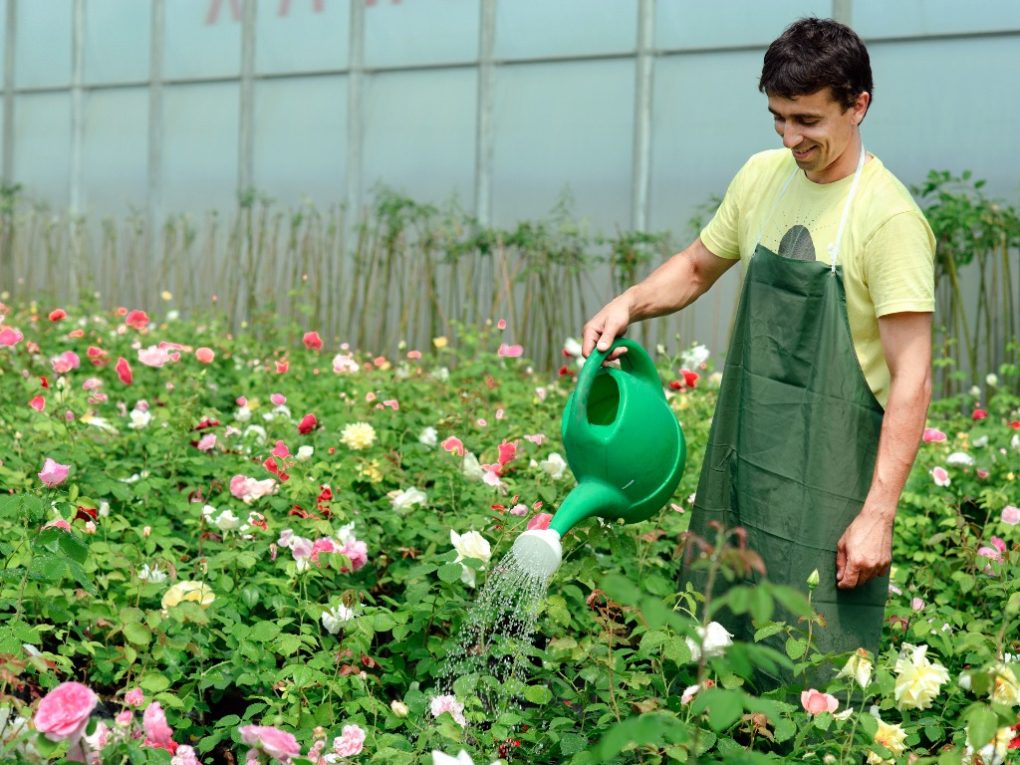
- Water peonies regularly, especially during dry spells. Ensure the soil is moist but not soggy.
- Fertilize peonies once a year in the spring with a balanced fertilizer. Avoid over-fertilizing, as this can lead to weak stems and fewer flowers.
- Deadheads bloom to encourage more flowers and prevent disease. Cut the stem just below the spent flower.
- Protect peonies from pests and diseases by practicing good garden hygiene. Remove fallen leaves or debris around the plants, and ensure good air circulation.
- Cut back the stems to ground level and dispose of any debris around the plants to prevent the spread of disease.
By following these planting and maintenance tips, gardeners can ensure their peonies are hardy and will provide years of beautiful blooms.
